June 11, 2025 | 06:22 GMT +7
June 11, 2025 | 06:22 GMT +7
Hotline: 0913.378.918
June 11, 2025 | 06:22 GMT +7
Hotline: 0913.378.918
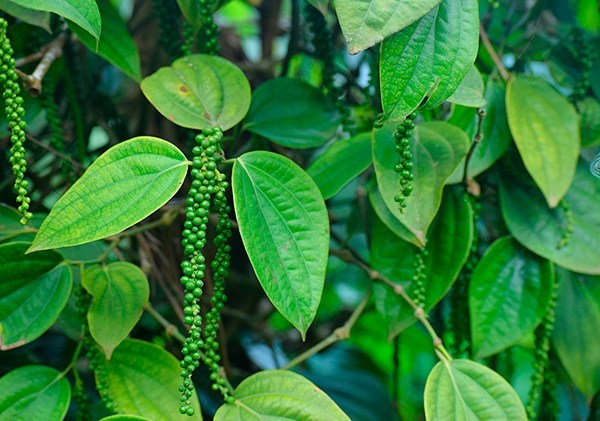
Vietnam’s pepper exported to the UK accounted for the largest volume, but the price is the lowest. Photo. TL.
According to the International Trade Center (ITC), in the first 8 months of 2020, the amount of pepper imported into the UK reached 9.1 thousand tons, worth US$ 37.88 million; increased 5% in volume, but decreased 4.8% in value in comparison with the same period in 2019.
Of the 9.1 thousand tons mentioned above, nearly half was Vietnamese pepper (more than 4 thousand tons). The amount of Vietnamese pepper export to the UK was much larger than that of the following producing sources such as the Netherlands (more than 1.8 thousand tons), India (885 tons) ...
However, the export price of pepper from Vietnam to the UK was at the lowest among the 10 main producing sources. Specifically, in the first 8 months of 2020, the average export price of pepper reached US$ 4,148 / ton, down 9.3% compared to the same period in 2019. In which, the average price of Vietnamese pepper stood at US$ 3,049 / ton, US$ 1,000 / ton lower than the average import price of the UK.
Vietnam’s export price of pepper to the UK was also much lower than that of some Asian countries such as India (US$ 4,836 / ton), Indonesia (US$ 4,606 / ton), China (US$ 4,298 / ton) ....
In the first 8 months of 2020, the import of Vietnamese pepper into the UK reached over 4 thousand tons, worth US$ 12.33 million; with an increase of 15.8% in volume, but a drop of 2.2% in value compared to the same period in 2019.
Vietnam's market share of pepper in overall UK’s import increased from 40.2% in the first 8 months of 2019 compared to 44.3% in the first 8 months of 2020.
Author: Son Trang. Translated by Meagan Phan. Edited by Duc Huy.
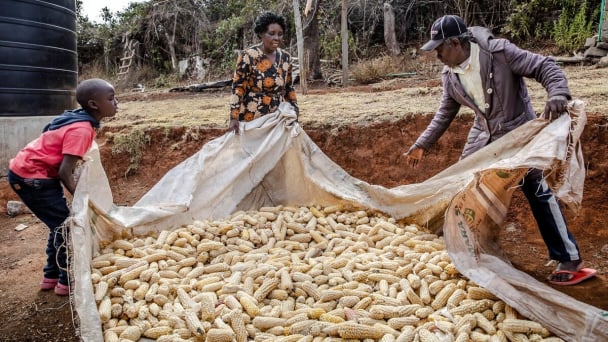
(VAN) New FAO forecasts point to record global cereal output with a partial rebound in stocks and trade.
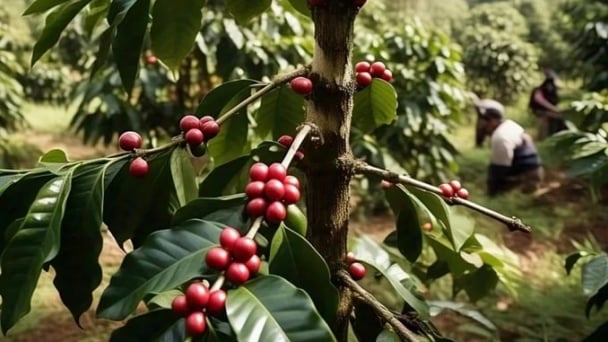
(VAN) Coffee prices on June 9, 2025, in domestic and global markets remain unchanged. Domestic coffee market is currently trading at VND 113,500 – 114,000/kg.
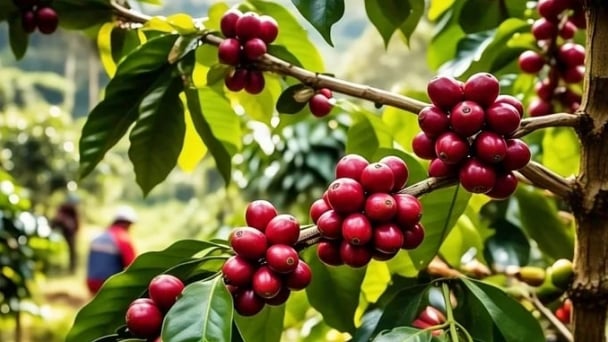
(VAN) Coffee prices on June 6, 2025, increased by VND 2,100, trading at VND 115,500 – 116,000/kg. Meanwhile, the global coffee market continues to rise sharply.

(VAN) Rubber prices on June 5, 2025, are increasing. Domestic latex prices in Vietnam have slightly decreased, currently trading around VND 397–425/TSC.
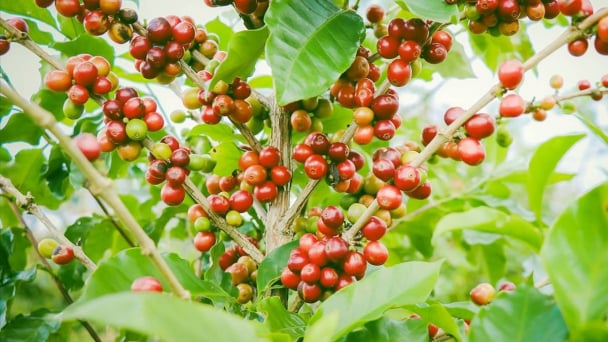
(VAN) Coffee prices on June 5, 2025, increased by VND 100 domestically, trading at VND 113,600 – 114,100/kg. Global coffee prices rose simultaneously.
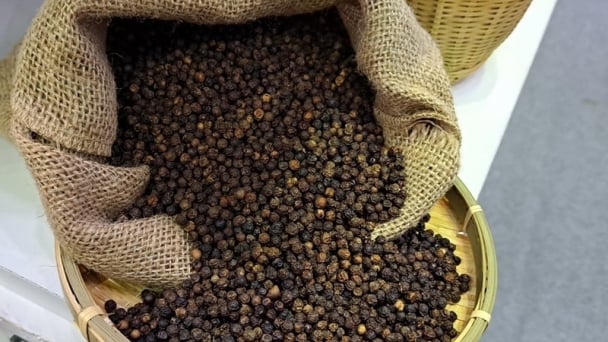
(VAN) Pepper prices on June 5, 2025, remained unchanged domestically at VND 144,000 – 146,000/kg. Global pepper prices experienced a significant decline.
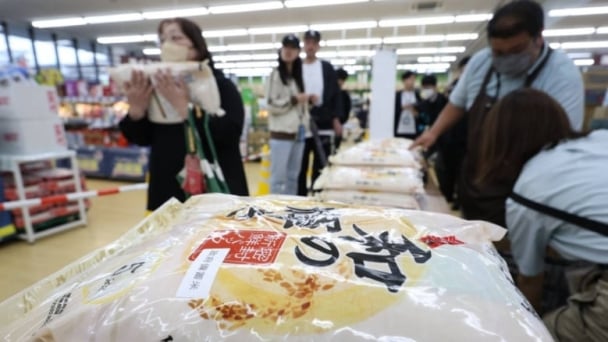
(VAN) A survey released Friday suggested that 41.0% of large-scale rice farmers in Japan expect retail prices for rice harvested in 2026 to be lower than for rice harvested in 2025, while 22.9% foresee higher prices.